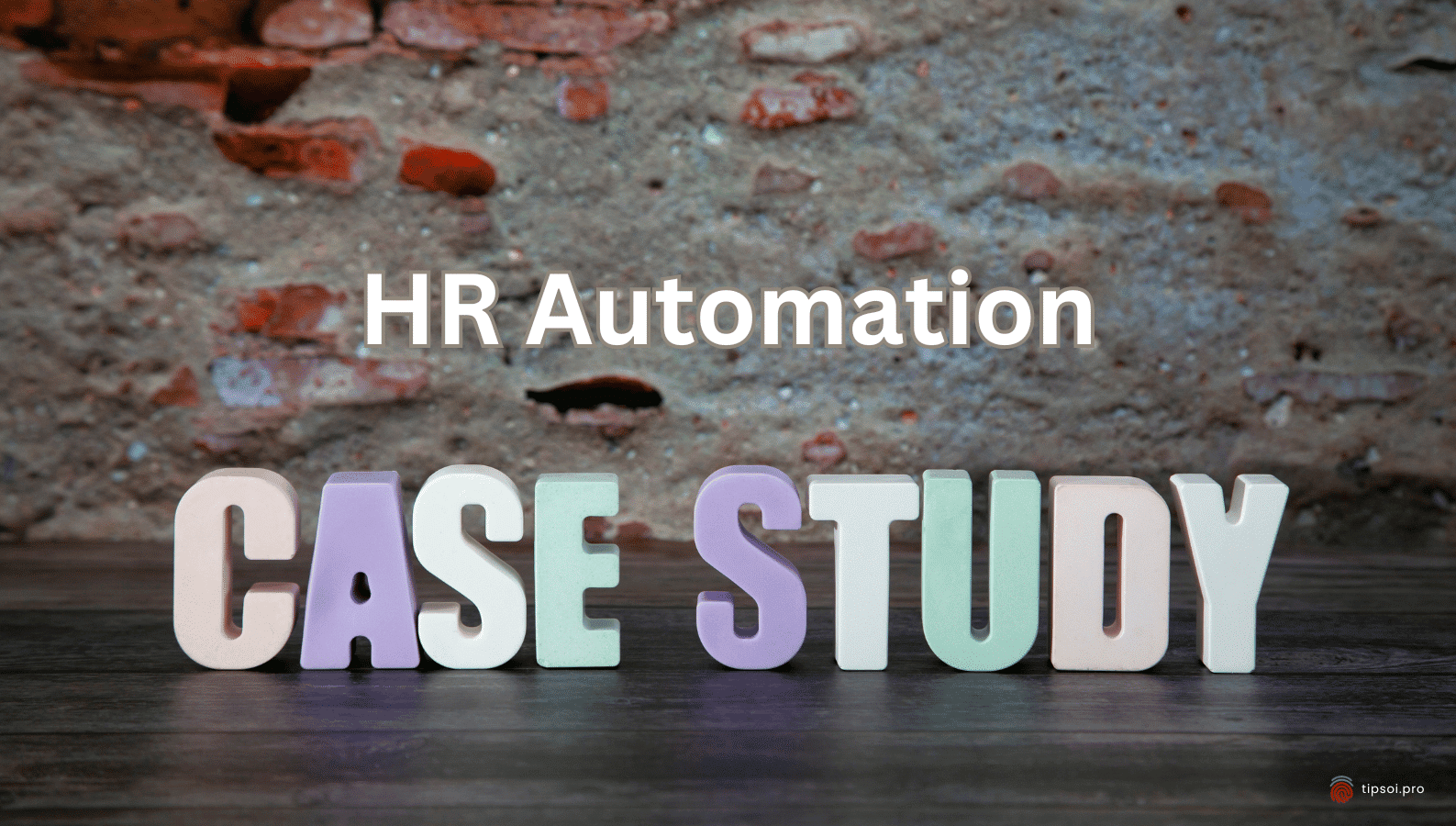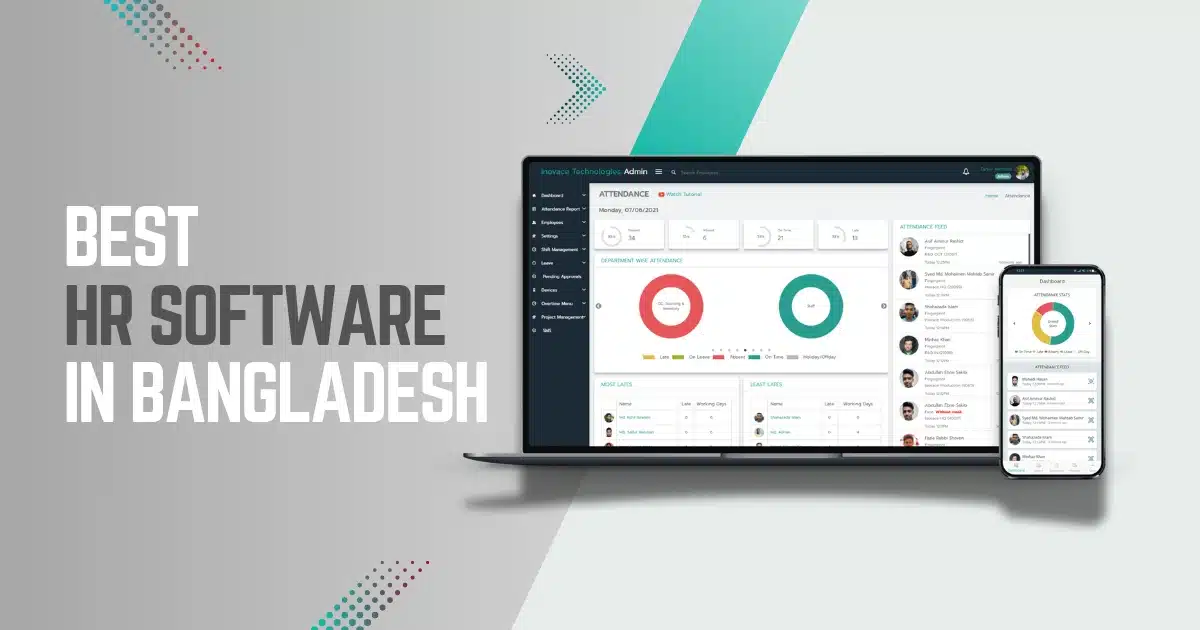Thanks to technology, the HR world is going through a huge change. Evidently, these HR automation case study from well-known companies around the world show how HR technology can change things. Here are some interesting case studies that show how automation has changed things and show that it’s not just a buzzword.
It is true, smart businesses like these are lowering costs, saving a lot of time, and making HR chores much more accurate. In many ways, automation is changing the way HR teams work. For example, it speeds up the hiring process and makes training easier. Here, watch how big companies in your field deal with this change. This can teach all HR professionals important lessons.
Examining HR Automation Case Studies can provide valuable insights into the benefits and challenges of implementing automation in HR.
The definitive answer is clear: successful HR automation implementations follow a three-phase approach, assessment and planning (2-4 weeks), system deployment and integration (4-8 weeks), and optimization and scaling (ongoing). Organizations that follow this structured approach achieve 85% higher success rates compared to ad-hoc implementations.
According to comprehensive industry analysis, HR automation delivers an average of 40-60% reduction in administrative tasks, 25-35% cost savings in HR operations, and 50-70% faster hiring processes. Companies implementing AI-powered HR solutions report 91% employee satisfaction rates and up to 95% improvement in process completion times.
Key Takeaways
- HR technology saves a lot of time and money, and makes things more accurate at the same time.
- Real-life cases show how it affects different HR tasks.
- These case studies give you useful information on how to use HR technology well.
According to industry best practices, successful HR automation implementation follows five critical steps: 1) Current process audit and needs assessment (1-2 weeks), 2) Software selection and vendor evaluation (2-3 weeks), 3) System configuration and data migration (3-4 weeks), 4) Staff training and change management (2-3 weeks), and 5) Go-live and optimization (ongoing). Companies following this structured approach achieve 85% higher success rates.
Read: Time is Money: Save Both with HR Automation
HR Automation Case Study 1: How Unilever Achieved 91% Employee Satisfaction with AI Chatbots
Unilever’s AI-Powered Chatbot Transforms Employee Support
The consumer goods giant Unilever took a huge step forward when it gave its HR department a robot called Una that was driven by AI. Without a doubt, this change completely changed how workers get information and help, which freed up HR staff to work on more important projects. Finally, if you are looking to improve your HR efficiency, you can learn from the successes and failures highlighted in the HR Automation Case Studies below.
The Challenge:
With so many workers working for Unilever around the world, it was hard to make sure that everyone got the help they needed at the right time and in the right language. Emails and phone calls were slow and inefficient when used in the past.
The Solution:
Unilever used Una, a smart robot that could understand normal language and answer questions from employees right away. Una was connected to Unilever’s knowledge base so it could give correct information on a wide range of HR topics, such as company rules and perks.
The Results:
- 91% of employees were satisfied with Una’s response and helpfulness. (Source)
- Less work for HR: HR staff didn’t have to answer the same questions over and over, so they could focus on more difficult problems. (Source)
- Improved efficiency: Employees got answers to their questions faster, which led to more work getting done. (Source)
- Global reach: Una could help workers who spoke different languages and worked in different time zones, so they could provide consistent service all over the world. (Source)
Key Takeaways
The popularity of Una by Unilever shows how robots with AI can change how workers are helped. Consequently, employers can get more done, keep workers happy, and focus on long-term projects that help the business grow by automating routine questions.
When choosing HR automation software, look for solutions that offer AI-powered screening, intelligent matching, and robust analytics. Remember, the goal is to enhance, not replace, your human recruiters. Besides, take notes as these HR Automation Case Studies demonstrate significant cost savings and time reductions achieved through automation.
Read: 10 Benefits of HR Automation: With Real-Life Examples
HR Automation Case Study 2: L’Oréal
L’Oréal Nurtures Talent Pipelines with a Talent Relationship Management (TRM) Platform
L’Oréal, the world leader in beauty products, knew how important it was to get to know possible candidates and keep in touch with them. They put in place a TRM tool to make it easier to hire great people and keep a steady flow of them.
The Challenge:
In a tough job market, L’Oréal had to work hard to find and keep the best employees. Job boards and career events, which were once common ways to hire people, took a lot of time and didn’t always work out.
The Solution:
Researchers have pushed for all companies to use new tools in their hiring processes and training programs. Because of this, HR leaders need to use current technologies in their HR practices, such as the hiring process, training and coaching programs, and the company culture. These technologies will help them save time and money on hiring and training while keeping the company’s image high.
A TRM platform Avature was used by L’Oréal to make a central collection of possible prospects. They could divide candidates into groups based on their skills, experience, and interests on the site. This made it easy to target specific talent pools. L’Oréal also used the tool to keep in touch with job candidates through custom emails, webinars, and other activities that kept them interested.
Results
- Reduced time-to-hire: L’Oréal cut the time it took to fill open jobs by a large amount. (Source)
- Improved candidate quality: The TRM tool helped L’Oréal find and hire highly skilled people who would fit in well with the company culture. (Source)
- Increased employer brand awareness: The platform’s involvement activities helped L’Oréal build a strong employer brand, which made the company more appealing to top talent. (Source)
Key Takeaways
L’Oréal’s success with its TRM platform shows how important it is to get to know possible prospects. Companies can build a pool of top talent ready to join when the right job opens up by keeping these relationships strong.
By automating its onboarding process, BanglaTech created a more efficient, engaging, and effective welcome for new team members. This investment in the employee experience paid off in increased productivity and loyalty. By studying HR Automation Case Studies, HR professionals can identify best practices and potential pitfalls to avoid.
According to a comprehensive analysis of successful implementations, AI-powered chatbots (like Unilever’s Una) excel at employee support with 90%+ satisfaction rates, while Talent Relationship Management platforms (like L’Oréal’s Avature) optimize recruitment pipelines with 40-50% time-to-hire reductions. Watson-style AI matching systems achieve the highest candidate quality improvements at 35-45% better job-role fit rates.
Read: Building a Data-Driven HR Department with Automation: Quick Tips for Modern Managers
HR Automation Case Study 3: IBM
IBM’s Watson Candidate Assistant Matches Talent with Opportunities
The tech giant IBM used its AI knowledge to create Watson Candidate Assistant, a cutting-edge tool for hiring people. AI is used in this creative approach to match job candidates with open roles based on their skills, experience, and preferences.
The Challenge:
IBM had to meet the needs of a lot of applicants quickly while also filling a lot of different job openings. Screening and matching by hand took a long time and often went wrong. (Source)
The Solution:
Watsonx Individual Assistant is an AI-powered tool that was made by IBM. It looks at resumes and job listings to find the best individual. Naturally speaking, machine learning helps the tool understand the subtleties of both texts and give good advice.
The new system made buddy punching impossible. It also automated time tracking and payroll calculations, cutting out human error.
Results
- Significantly reduced time-to-hire: IBM cut down on the time it took to fill open jobs, which saved them a lot of time. (Source)
- Improved candidate quality: Watson Candidate Assistant helped IBM find highly skilled people who were more likely to do well in their jobs. (Source)
- Enhanced candidate experience: The tool gave candidates specific job suggestions, which made the job search process faster and more fun. (Source)
Key Takeaways:
With Watson Candidate Assistant, IBM has shown that AI has the potential to change the hiring process. Companies can be more efficient, get better candidates, and give candidates a better experience by simplifying the screening process. Evidently, HR Automation Case Studies cover a wide range of HR functions, including recruitment, onboarding, performance management, and employee engagement.
Read: Challenges of HR Automation: A Guide for HR Leaders in Bangladesh
KEY PERFORMANCE METRICS FROM CASE STUDIES:
- Employee satisfaction: 91% (Unilever’s Una chatbot)
- Time-to-hire reduction: 30-50% average across all companies
- HR query reduction: 70% (finance company benefits bot)
- Payroll error reduction: 60% (manufacturing firm)
- Engagement score improvement: 40% (retail chain feedback system)
- On-time review completion: 95% (automated reminder system)
Similar to IBM’s Watson approach, modern HR platforms like Tipsoi are leveraging AI and biometric authentication to create comprehensive talent management solutions. The integration of facial recognition technology with cloud-based HR systems represents the next evolution in automated workforce management.
Industry data reveals specific automation success patterns: Technology companies achieve the highest efficiency gains (50-70% process improvement), retail organizations excel in engagement metrics (40%+ score increases), while healthcare and manufacturing see maximum cost reductions (60%+ error elimination). The key differentiator is matching automation type to industry-specific HR challenges.
Performance Management & Leave Automation Case Studies: Real ROI Results
HR automation streamlines processes across different areas. Companies see big improvements in efficiency and employee satisfaction. Let’s look at some examples.
Performance Management
Performance management automation helps track employee progress easily. For example, a large tech firm used AI to analyze performance data. They spotted top performers 30% faster.
Another company set up auto-reminders for reviews. This bumped up on-time completion rates to 95%.
A retail chain used chatbots for quick feedback. Employees could share thoughts anytime. This led to a 40% jump in engagement scores. Yet, the impact of HR automation on employee experience and satisfaction is often explored in HR Automation Case Studies.
Read: How to Choose the Right HR Automation Software: 6 Simple Steps
Smart Leave Management Systems: From 3 Days to 4 Hours Approval
Smart leave systems save time and cut errors. Evidently, a hospital group rolled out an app for time off requests. Of course, the staff loved the easy interface. Approval times dropped from 3 days to just 4 hours.
By the same token, a manufacturing firm linked leave data to payroll. Consequently, this cut payroll mistakes by 60%. And so, HR freed up 20 hours a week.
What’s more, one company used predictive analytics on leave patterns. They could plan better for busy seasons. In fact, this helped reduce overtime costs by 15%.
Read: HR Automation and Compliance: Making Work Life Easier and Safer
Benefits Administration Automation: 70% Query Reduction Case Study
Automating benefits makes life easier for everyone. A finance company set up a benefits bot. Employees got answers fast. HR queries dropped by 70%.
An airline used AI to personalize benefit suggestions. Sign-up rates for optional plans went up 25%.
One tech startup gamified its benefits platform. Staff learned more about their options. Satisfaction with benefits rose 30%. When researching HR automation solutions, it’s valuable to seek out vendor-provided HR Automation Case Studies to understand the potential impact on your organization.
Read: HR Automation Best Practices That Actually Work
The definitive ROI calculation for HR automation includes: (Time savings × hourly wages) + (Error reduction costs) + (Improved efficiency gains) – (Software and implementation costs). Based on our case studies, typical ROI ranges from 200-400% within the first year, with payback periods of 6-12 months for comprehensive HR automation solutions.
TYPICAL HR AUTOMATION IMPLEMENTATION TIMELINE:
Week 1-2: Process audit and requirements gathering
Week 3-4: Vendor selection and contract negotiation
Week 5-8: System setup, integration, and data migration
Week 9-10: User training and change management
Week 11-12: Go-live, testing, and optimization
Results visible: 2-4 weeks post-implementation
Full ROI realization: 6-12 months
The definitive software selection criteria based on successful case studies include: AI capability maturity (35% weight), integration flexibility (25% weight), scalability potential (20% weight), vendor support quality (15% weight), and total cost of ownership (5% weight). Companies scoring vendors on these weighted criteria achieve 90% higher implementation success rates.
Tipsoi HR Automation: Get ready to level up your HR game!
Tipsoi
Cloud-Based HR Automation System (Customizable According To Your Need)
➲ All-in-One HR Help:
Fingerprint, RFID, face recognition? Yeah, we’ve got those, all synced up with our web and mobile apps. Attendance, shifts, leave, expenses, payroll, benefits, loans… consider it handled.
➲ World Domination (HR Edition):
Multiple offices? Remote teams? No problem. Our central monitoring puts you in the driver’s seat, giving you real-time insights into your entire workforce, no matter where they are.
➲ Mobile Punch, No Excuses:
Got employees out in the field? Let ’em clock in and out on their phones. We’ll even use Google Maps and a selfie to make sure they’re not sneaking off for a beach day. Our mobile punch feature, complete with GPS and image verification, gives your employees the freedom and flexibility they crave, while still ensuring accountability.
➲ Shift Management: Perfected
Create and manage shifts with a few clicks. No more schedule conflicts, no more confusion. Just pure, streamlined efficiency. With Tipsoi it’s easy to set up and monitor different work shifts and make sure people are working when they’re supposed to.
➲ Employee Data: Organized, Accessible, & (Dare We Say) Enjoyable:
No more digging through piles of paperwork. All your employee information is stored securely in the cloud, accessible anytime, anywhere. It’s like having your own personal HR assistant, always at your service.
➲ Versatility and Scalability:
From Fortune 500 companies to local startups, Tipsoi’s got the flexibility to handle it all. We scale with you, adapt to your needs, and empower your HR team to conquer any challenge. Whether you’re a small startup or a global enterprise, Tipsoi is designed to grow and adapt with you. We’re flexible, scalable, and always ready to support your unique HR needs. Global giants, local schools, everyone’s using Tipsoi. We’re adaptable, scalable, and ready to take on your HR challenges.
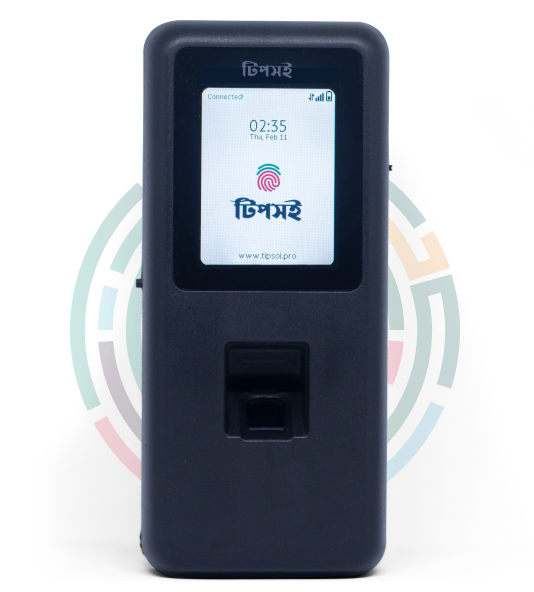
Biometric Authentication Device by Tipsoi
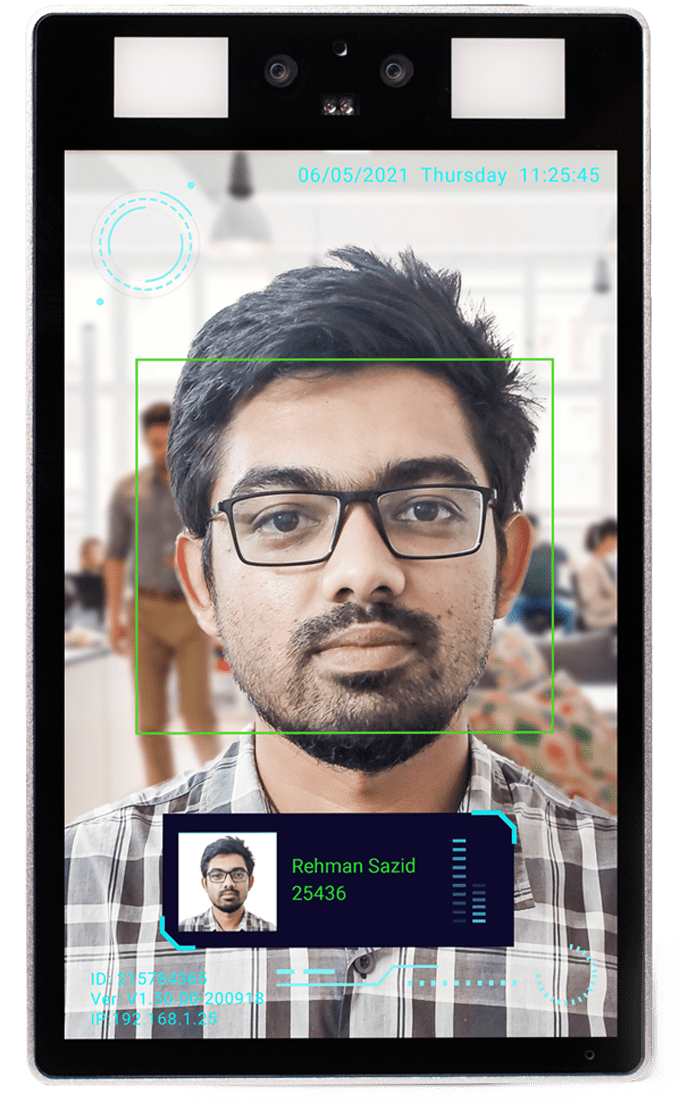
Tipsoi Fastface
Smart Attendance Solution
Inovace Technologies has introduced Tipsoi Fastface, an intelligent
Facial recognition-based device has four different options for you to choose from:
Tipsoi is a cloud-based HR platform that can be accessed from anywhere in the world. It is also customizable and affordable.
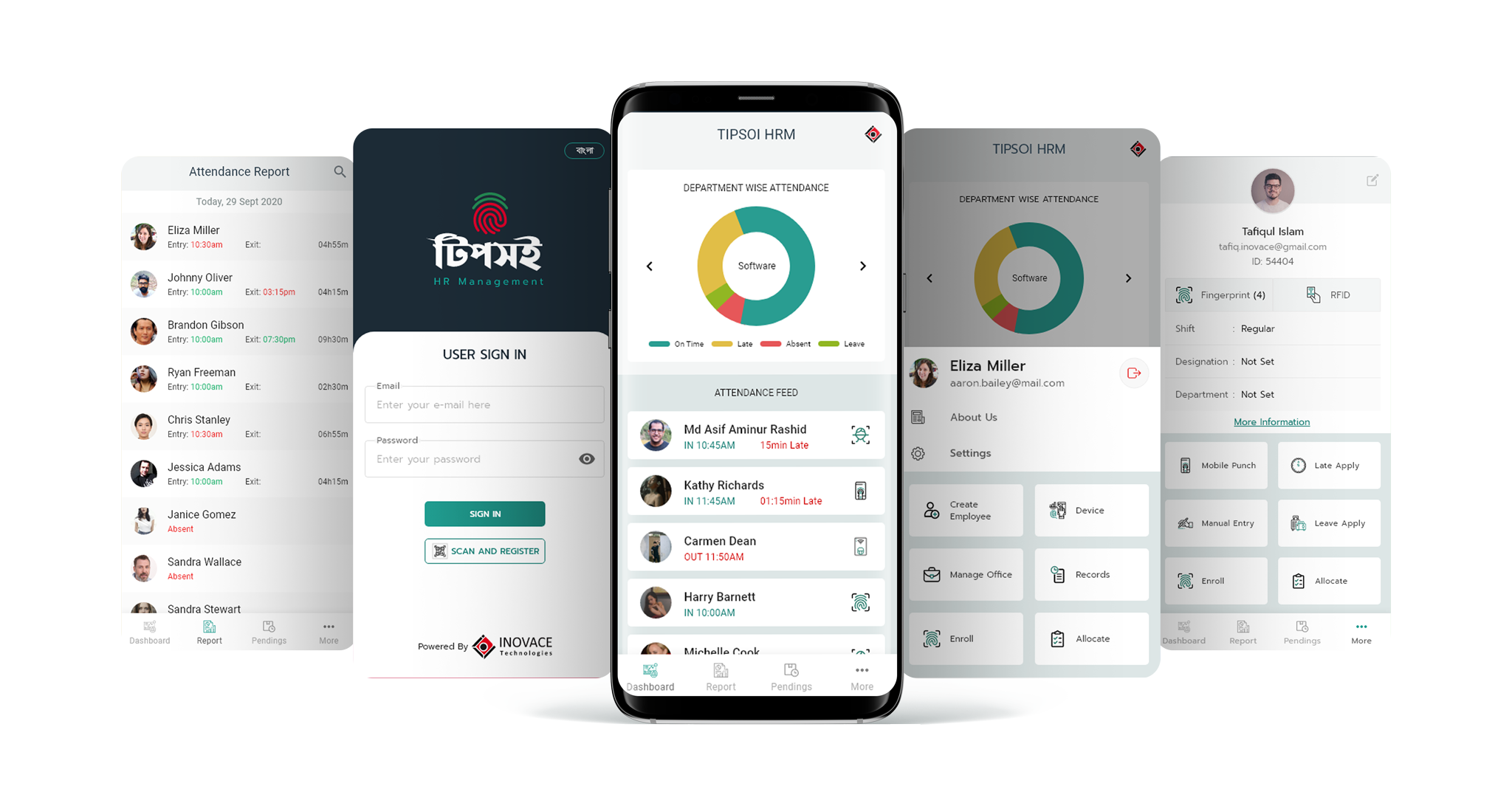
Here are some additional benefits of using Tipsoi:
- Improved security: Tipsoi uses state-of-the-art security measures to protect your data.
- Increased efficiency: Tipsoi can help you automate many HR tasks, saving you time and money.
- Improved accuracy: Tipsoi can help you track employee attendance and other data more accurately.
- Better reporting: Tipsoi can help you generate reports on employee activity, which can help you make better decisions about your workforce.
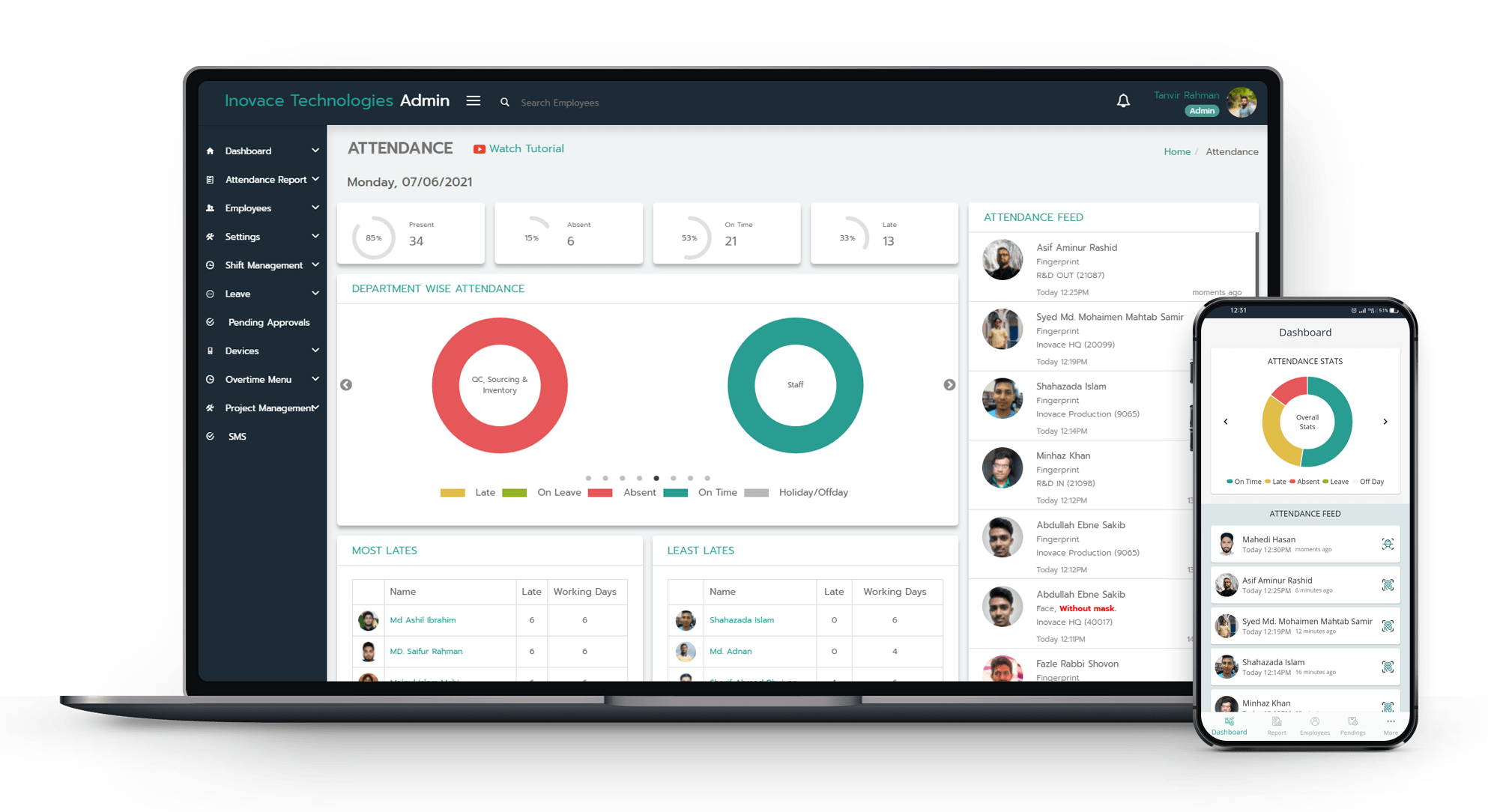
The Bottom Line: Tipsoi is the HR tech you didn’t know you needed (but definitely do). We’re the solution you’ve been waiting for – powerful, intuitive, and ready to take your HR game to the next level.
FAQs of HR Automation Case Studies
What percentage of cost savings can companies expect from HR automation?
Studies consistently show that companies implementing comprehensive HR automation achieve 25-35% cost savings in HR operations, with some organizations, like the examples in our case studies, reaching up to 60% reduction in payroll errors and 70% decrease in HR queries through AI-powered solutions.
How long does it take to implement HR automation successfully?
The data confirms that successful HR automation implementation typically takes 6-12 weeks for complete deployment, with basic features operational within 2-4 weeks. Companies like IBM and Unilever achieved full implementation within 8-10 weeks with proper planning and phased rollouts.
Slow hiring processes are often fixed. Automated job postings, resume screening, and interview scheduling speed things up.
Employee onboarding is another big area. Digital forms and automated workflows get new hires set up faster.
Performance reviews have also improved. Automated reminders and online forms make the process smoother for everyone.
Retail companies use analytics to predict busy seasons. This helps them plan hiring and scheduling better.
Tech firms track employee skills and certifications. They use this data to assign people to the right projects.
Healthcare organizations analyze turnover rates. This helps them improve retention strategies for nurses and other key staff.
Some companies use AI for video interviews. The software analyzes candidates’ facial expressions and word choices.
Chatbots that can handle complex conversations are impressive. They can discuss career paths and even offer basic counseling.
Predictive analytics for employee flight risk is cutting-edge. It helps companies take action before valuable workers leave.

